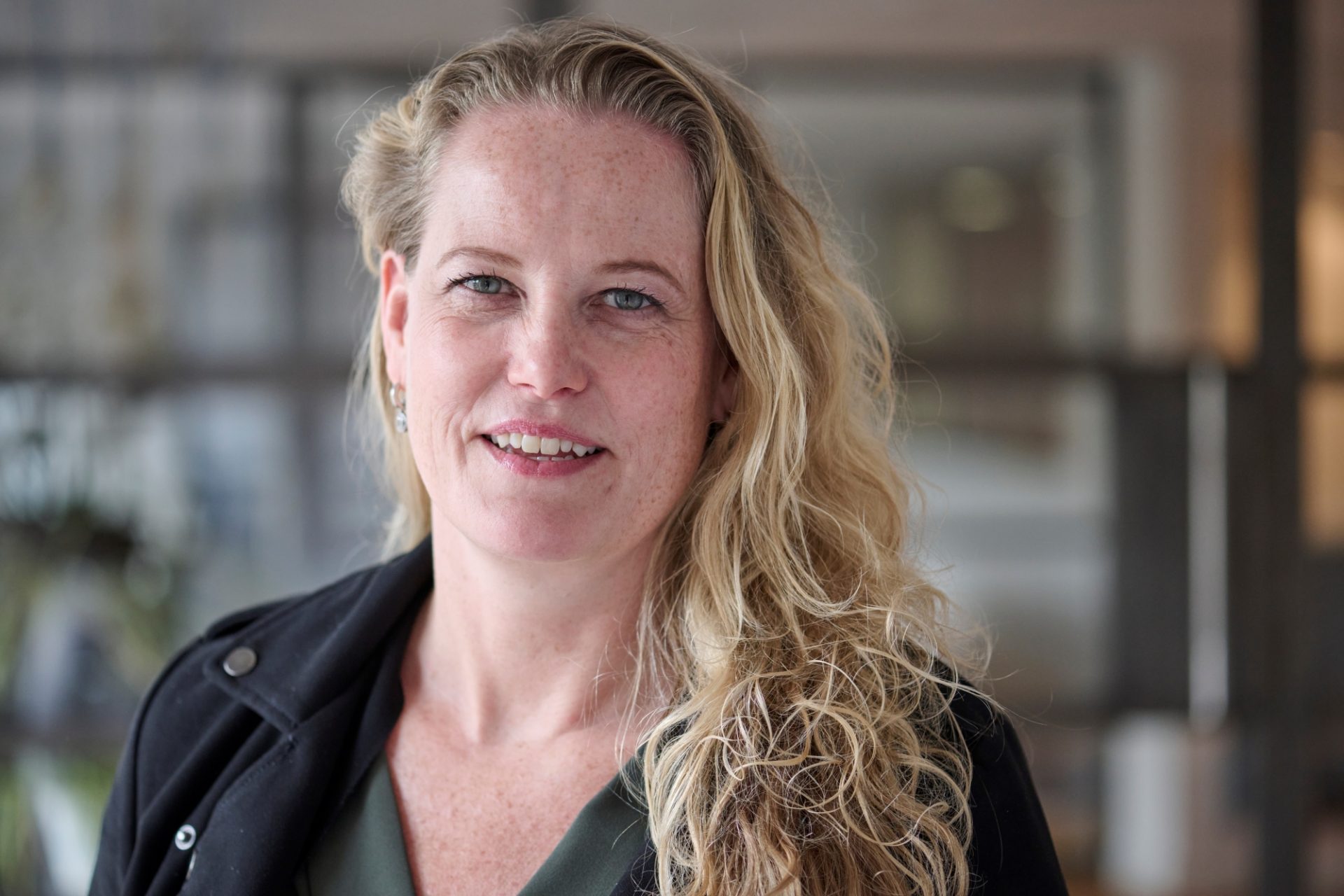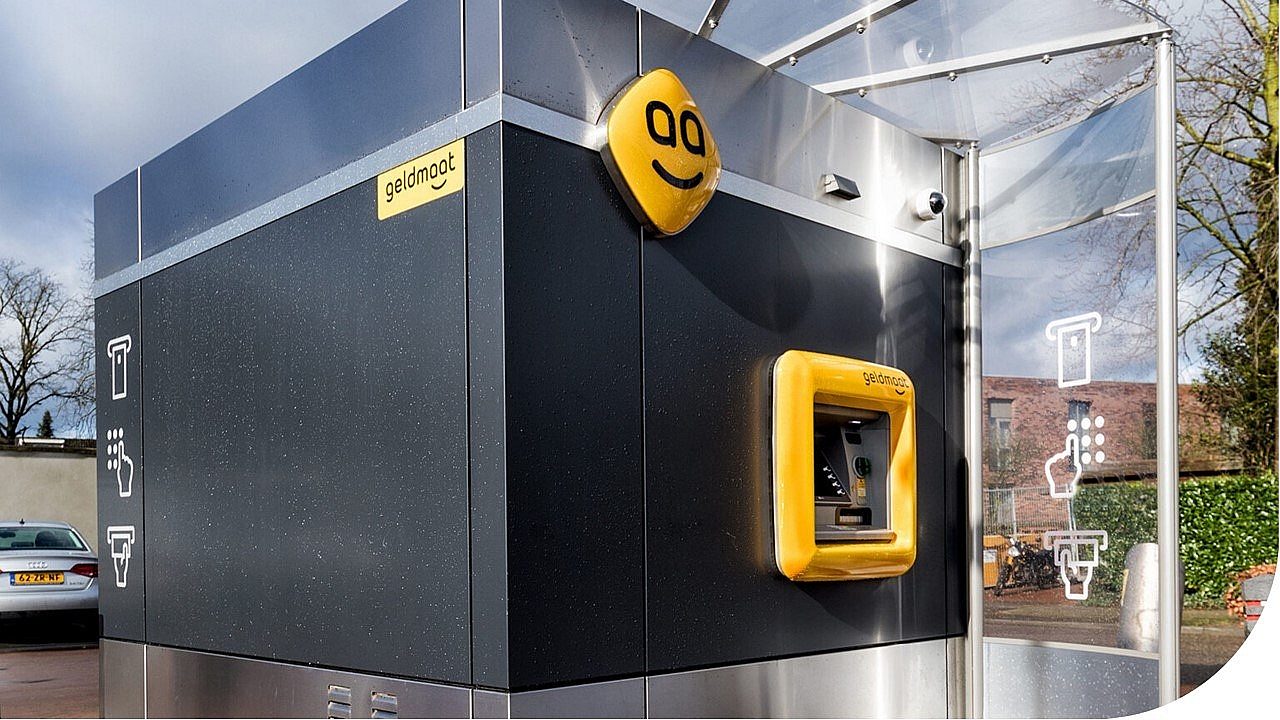Although demand is dwindling and banks subsequently find it a less profitable business, society still needs cash. For example, people who are visually impaired, lack access to banking, or live off regulated stipends may only be capable of making payments with cash. And money in a wallet isn’t vulnerable to electricity cuts caused by disasters, extreme weather, or war.
“Our primary focus had been on logistics. So first and foremost, our business was about warehouse locations, keeping stock, and managing distribution. And now, within a few years’ time, we’re designing customer interfaces to explain how to use our ATMs. This requires a completely different business focus compared to five years ago. And Schuberg Philis is enabling us to achieve that.”

Want to know more?
Contact Karin Borst.

